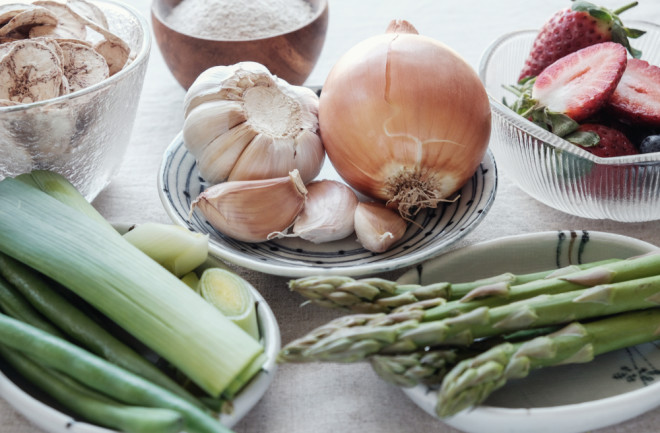Our food choices depend on so many things — culture, preferences, momentary cravings — but perhaps we should consider what our microbial partners like to eat.
Gut microbes help us metabolize food, protect against pathogens, and bolster our immune system. Although the science linking gut microbes to health and disease still has a way to go, researchers are learning that beneficial gut bacteria have nutritional preferences of their own. Appealing to our gut microbes by including foods they prefer in our diets can expand communities of beneficial gut microbes.
We hear so much about probiotics, but not as much about prebiotics, so don’t be surprised if you’re confused. Dietary scientists have kept the definition broad because researchers are still adding to the list prebiotic foods, but basically prebiotics are substances selectively used by certain groups of microbes that benefit the host.

